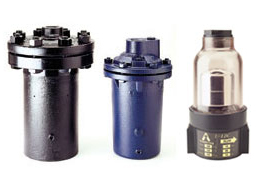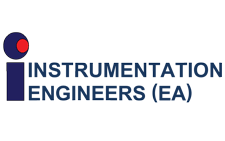 Water carried with air into tools or machines where air is being used will wash away lubricating oil. This means excessive wear to motors and bearings and, in the end, higher maintenance expense. Without adequate lubrication, tools—especially pneumatic hammers, drills, hoists and sand rammers—will run sluggishly and inefficiently, because the wearing surfaces are limited in size and the accelerated wear creates air leakage.
Water carried with air into tools or machines where air is being used will wash away lubricating oil. This means excessive wear to motors and bearings and, in the end, higher maintenance expense. Without adequate lubrication, tools—especially pneumatic hammers, drills, hoists and sand rammers—will run sluggishly and inefficiently, because the wearing surfaces are limited in size and the accelerated wear creates air leakage.
Where air is used for paint spraying, enameling, food agitation and related processes, water and/or oil cannot be tolerated. Nor can particles of grit or scale. In instrument air systems, water will tend to cling to small orifices and collect dirt, leading to erratic operation or failure of sensitive devices. When water gathers at low points in pipelines, it reduces the air-carrying capacity of the line. Eventually, airflow over the water will propel the water along the line, touching off water hammer and potential damage from a high-speed slug of water entering a tool. In cold weather, accumulations of water may freeze and burst lines. While there are a variety of options for compressed air system drainage, properly installed drain traps are the key to removing liquid continuously and automatically without wasting air or gas.
 Kenya |
Kenya |  Rawanda |
Rawanda |  Tanzania |
Tanzania |  Uganda
Uganda
